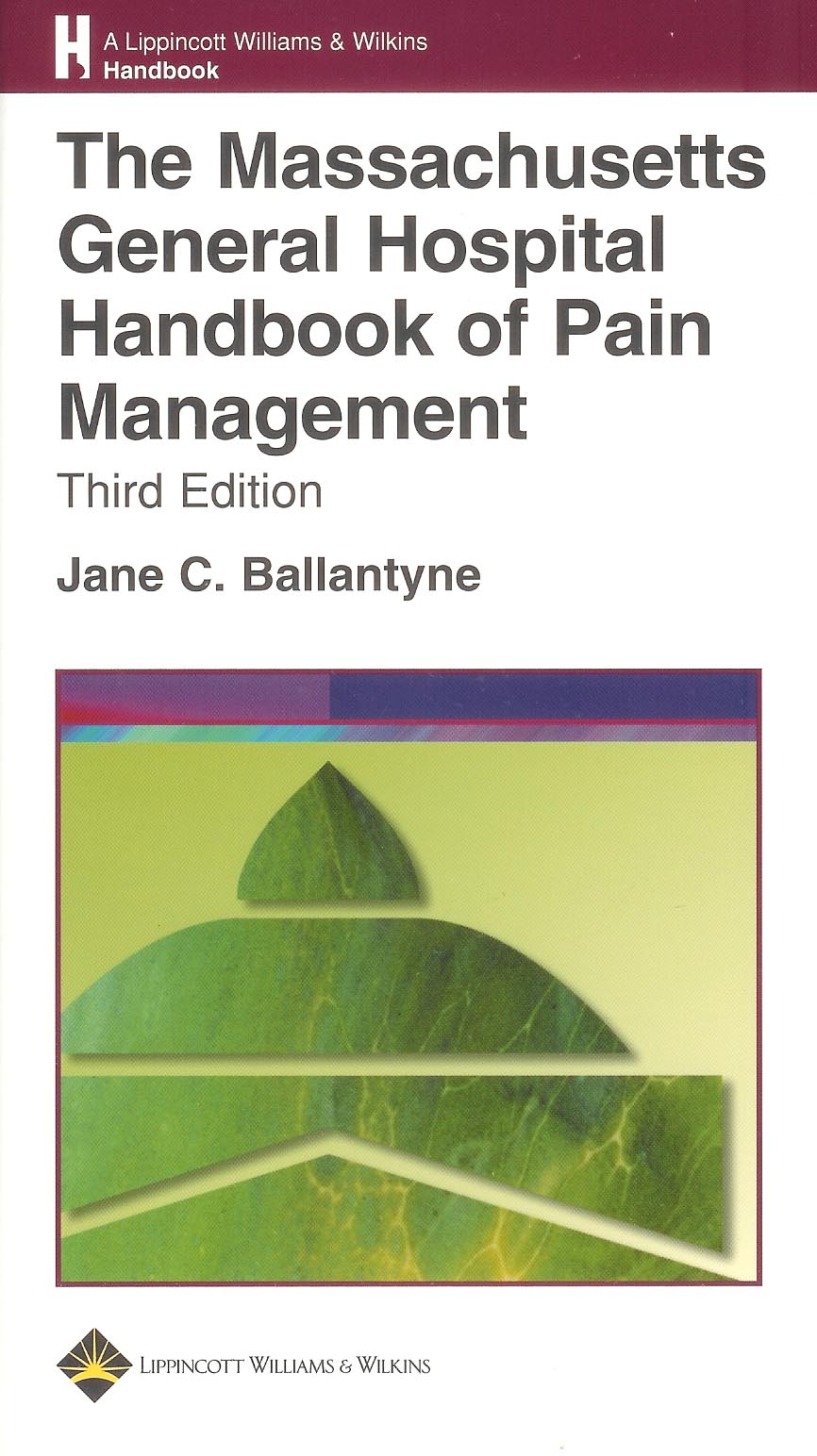Table of Contents
Foreword
Preface
Contributing Authors
1 The Pain Management Imperative 3
2 Neural Basis of Pain 8
3 Assessment of Pain 26
4 Choosing a Therapeutic Approach: Opioids 47
5 Choosing a Pharmacotherapeutic Approach: Nonopioid and
Adjuvant Analgesics 76
6 Nonpharmacologic Treatments for Pain 105
7 Nondrug Interventions: Physical Therapy 112
8 Nondrug Interventions: Psychosocial Aspects of Pain 121
9 Diagnostic and Therapeutic Procedures in Pain Management 134
10 An Approach to Neurosurgical Interventions for Persistent
Pain 185
11 Chronic Pain Rehabilitation 194
12 Placebo 207
13 Neuropathic Pain 219
14 Postoperative Pain 243
15 Pain in Burn Patients 266
16 Headache 270
17 Pain Management in Sickle Cell Crisis 303
18 Pain in the Terminally Ill 310
19 Cancer Pain in Children 326
20 Pain in AIDS 335
21 Palliative Care of Cancer Pain 354
22 Opioid Management of Chronic Nonmalignant Pain 363
23 Special Problems in the Treatment of Pain 370
24 Psychosocial Issues in the Treatment of Pain 379
25 Obstacles in the Treatment of Pain 394
26 Emergencies in Pain Management 405
Appendix I. IASP Classification of Chronic Pain 417
Appendix II. Useful Contacts 424
Appendix III. Guidelines for the Use of Opioids in Pain
Treatment 432
Guidelines for the Prescription of Controlled Substances Issued
by the Drug Enforcement Agency 432
Massachusetts General Hospital Pain Center Guidelines on
Prescribing Controlled Substances for Patients with Nonmalignant
Chronic Disease 433
Appendix IV. Standards of Treatment: The American Pain
Society`s Quality Assurance Standards for Relief of Acute and
Cancer Pain 435
Appendix V. Drug Doses 438
Appendix VI. Food and Drug Administration State Drug Schedules
443
Appendix VII. Dermatomes and Nerve Distribution 444
Index 449


